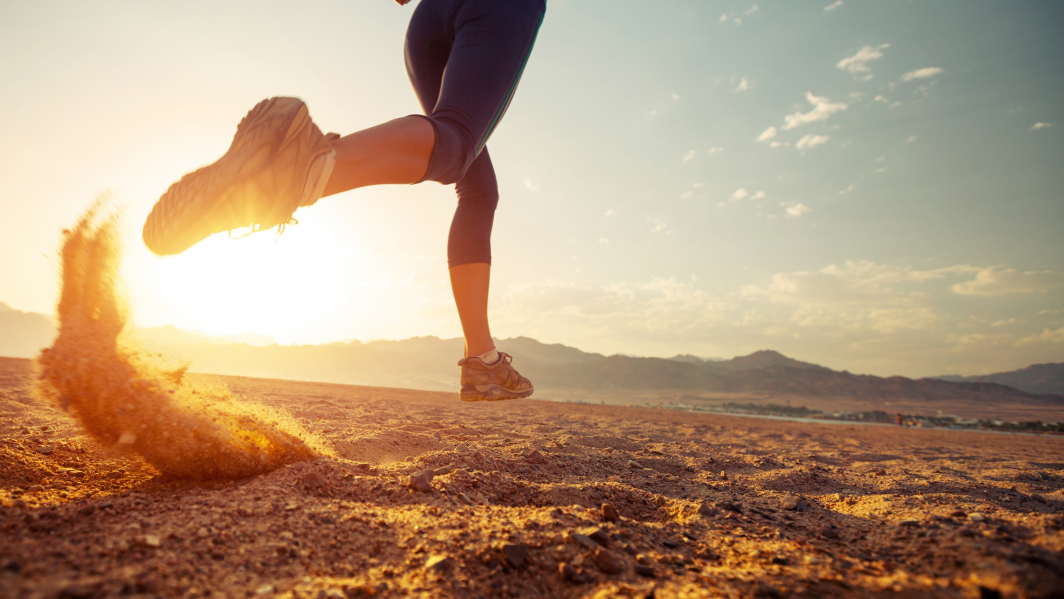This is seen to be a very common injury that runners can incur.

THE INJURY
The Achilles tendon and plantar fascia are energy-absorbing and energy-releasing structures that are working throughout each stride. They absorb the load as your foot impacts the ground (loads are often 3 times your body weight) and convert the energy to propel yourself during the push-off phase of a stride (where forces are as high as 7 times your body weight). The Achilles tendon and calf muscle are therefore an essential unit, critical for efficient and effective running. The Achilles tendon is prone to overuse purely by the nature of its function. Pain occurs because of weakness or dysfunction in the tendon rather than what was previously thought to be an inflammatory reaction. This can be a challenging area to treat due to the tendon’s poor perfusion (blood flow), which may need longer recovery periods, so it’s best to tackle this injury at the earliest point possible.
THE SYMPTOMS
– Pain close to the heel, which is often sharp, poking and incapacitating.
– Pain along the Achilles tendon, at the back of the lower leg.
– Occasionally there can be mild swelling at the base of the tendon (near the heel) and
redness.
– If you pinch the Achilles and it’s very sore, then the source of the problem is likely to be
the tendon.
– Pain during and after running (Stop! This is not an injury you can run through)
– In chronic cases there can be thickening or a thickened ‘lump’ along the tendon, especially
when compared to the uninjured leg.
THE CAUSE
The Achilles tendon is the extension of the calf muscles, gastrocnemius and soleus, where it attaches to the back of the heel and is responsible for plantarflexion (pointing your toes). Sometimes excessively tight, weak calves are the culprit.
Tight lower legs put added strain on the Achilles tendon, and over the course of many months of hard training, this overuse injury can develop. A weak posterior chain (the muscles that work together along the back of your body including the back extensors, gluteus muscles, hamstrings, calves) can also be a cause of Achilles tendinopathy. Constantly running on hard surfaces like concrete or asphalt can contribute to developing Achilles tendinopathy as the loads absorbed by the tendon are greater than running on grass or dirt roads.
Unsupportive footwear can overburden the Achilles tendon with time, as it must work even harder to control ankle movement whilst running. Worn out shoes or shoes with inadequate cushioning can exacerbate Achilles tendon issues as they add no benefit in absorbing load during heel strike. Rapid increase in volume and/or intensity or training can have the same effect much more quickly, so it’s
important to pay attention to both your feet and your sessions—especially when you’re training
hard. Severe pronation, foot instability, a leg-length discrepancy and muscle asymmetries
can also contribute to Achilles pain.
Feeling pain and need a massage?
Book now -> https://www.massagemountainhealing.com/book-now/

